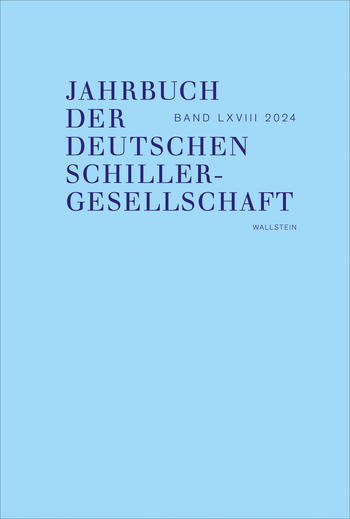

Vor dem Horizont der von ihm kritisierten Renaissancismus-Mode spiegelt ›Fiorenza‹ vor allem seine produktive Nietzsche-Rezeption, aber auch Schopenhauers Askese-Ideal und Platons Eros-Philosophie. Der Antagonismus zwischen Lorenzo de’ Medici und Girolamo Savonarola, in dem hedonistischer Ästhetizismus und asketischer Moralismus aufeinanderprallen, ist durch Konzepte Nietzsches und Schopenhauers geprägt. Vergleichende Analysen machen die philosophischen Subtexte als konstitutive Strukturmuster des Dramas evident: Nietzsches vitalistisches Renaissance-Ideal im Kontrast zum Décadence-Syndrom, sein von Schopenhauer inspirierter Geistesaristokratismus und seine gegen dessen ›willenlose‹ Kontemplation gerichtete Eros-Ästhetik sind hier ebenso relevant wie seine subversive Entlarvungspsychologie, die dem Ressentiment, Fanatismus und Machtanspruch ›asketischer Priester‹ gilt.
This essay is the first to comprehensively analyse Thomas Mann’s drama ›Fiorenza‹ as an intersection of several philosophical discourses: Against the backdrop of the Renaissance fashions he criticised, ›Fiorenza‹ primarily reflects Mann’s productive reception of Nietzsche, but also Schopenhauer’s ideal of asceticism and Plato’s philosophy of Eros. The antagonism between Lorenzo de’ Medici and Girolamo Savonarola, in which hedonistic aestheticism and ascetic moralism clash, is informed by concepts from Nietzsche and Schopenhauer. Comparative analyses reveal these philosophical subtexts as constitutive structural patterns of the drama: Nietzsche’s vitalist Renaissance ideal in contrast to the decadence syndrome, his intellectual aristocratism inspired by Schopenhauer, and his Eros aesthetics directed against the latter’s ›will-less‹ contemplation are just as relevant here as his subversive debunking psychology, which targets the resentment, fanaticism and claim to power of ›ascetic priests‹.